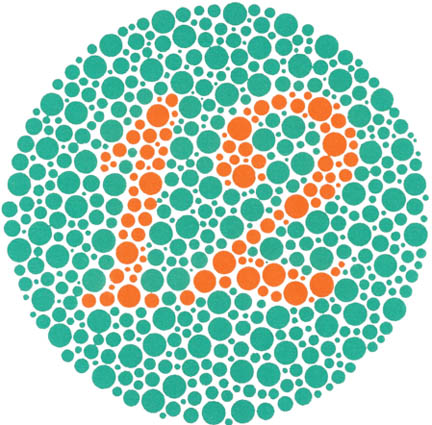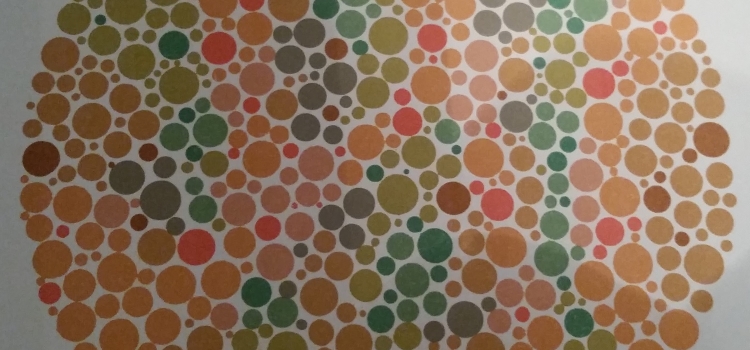What Does it Mean to be Colour Blind?
There are varying types of colour blindness. Being colour blind is usually inherited; however, it can result from having health conditions, like diabetes. Many people incorrectly assume someone who is colour blind cannot see any colour at all, and only sees black and white. Although this is a form of colour blindness, it is not the most common type. Those who are colour blind, generally have varying levels of difficulty seeing red, blue, or green light, which affects how they see other colours.
There are Different Types of Colour Blindness
Protanomaly: individuals have reduced sensitivity to red light
Tritanomaly: individuals have difficulty seeing blue light, and is the rarest form of colour blindness
Deuteranomaly: most common type of colour blindness, whereby individuals have difficulty seeing green light
Monochromacy: individuals only see differing shades of grey, ranging from back to white, also a rare form of colour blindness
What Does this Exactly Mean?
Someone who has difficulty seeing, say red/green light, will confuse colours like pink and purple, because they cannot see the red hues in these colours. In the picture above, a person who is colour blind to red/green light would see the number 45, but would be unable to see the below image’s number. However, someone who is not colour blind would not see the number 45 in the first image, and just a random array of coloured dots. They would, however, be able to see the number 12.

Diagnosing Colour Blindness
The Ishihara Plate test, as seen in the above images, is used as an initial step to detect colour blindness. This test can only detect the most common type of colour blindness – red/green colour blindness. The test is made up of irregularly coloured dots with numbers in the middle. Some of the plates are constructed so an individual with no light sensitivity can see, and others are made up so only those with colour blindness can see.
In the cases where this eye condition is being detected in children who are too young to understand and communicate which number they see, other images that would be familiar to a child are used. Often a child will not know he or she is colour blind, because they just don’t know any different. Dr. Sharma emphasizes the importance of regularly eye exams for children, so such an eye condition can be diagnosed and treated early. Knowledge is power, especially for little ones who may be too shy or embarrassed to show their differences to their peers.
Treatments
There is no cure for colour blindness yet, but there are some available treatments your optometrist may suggest. Dependent on the type of colour blindness, colour enhancing contacts or glasses may be prescribed.
Let’s talk more about this in person. Get in touch with us today.
